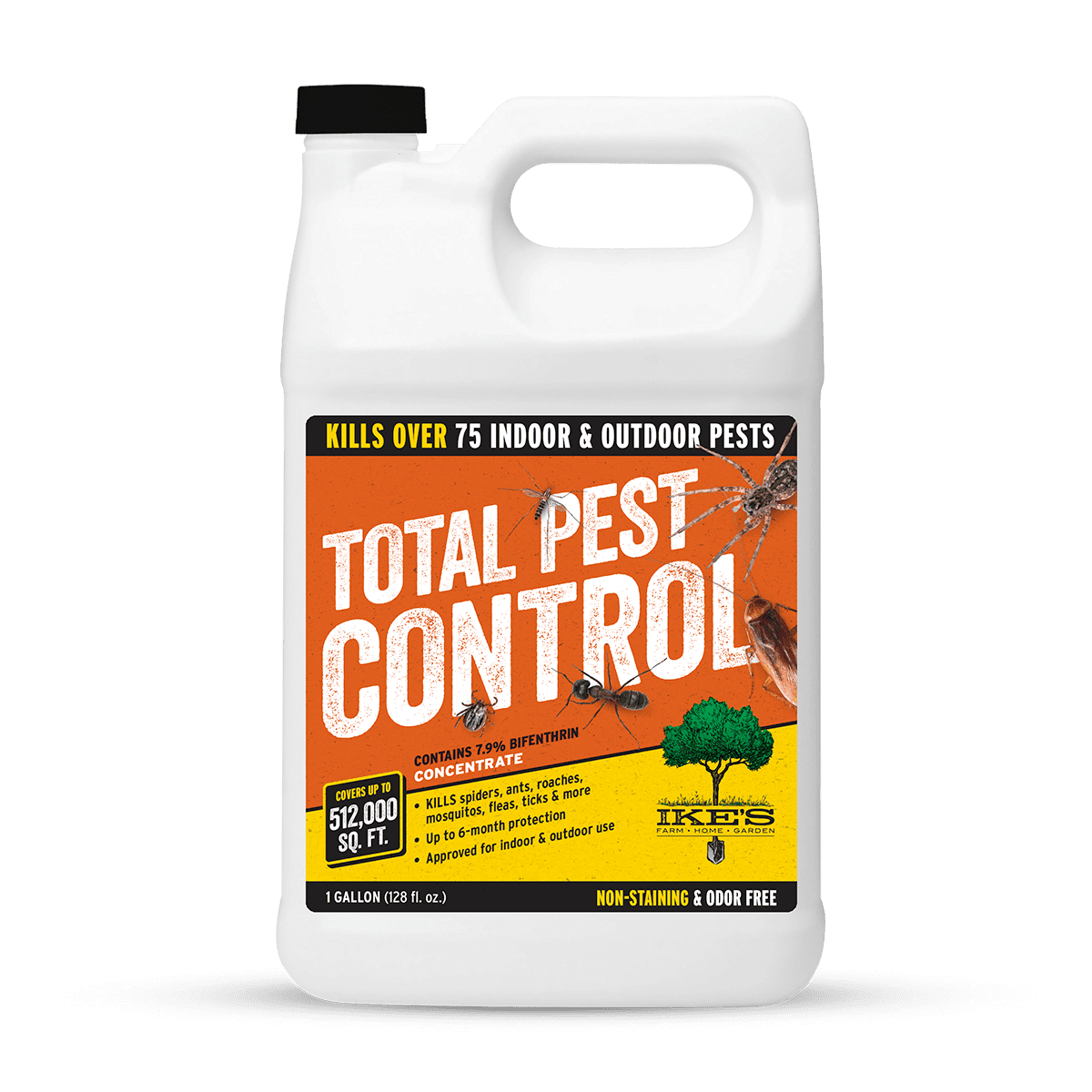Bed Insect Treatment Break Down: Contrasting Chemical Vs. Non-Chemical Solutions
In the world of insect control, particularly when dealing with the consistent problem of bed bugs, the selection in between chemical and non-chemical treatment solutions can be a pivotal one. Both approaches use distinct benefits and disadvantages, affecting elements such as performance, safety and security considerations, and total cost. By analyzing the nuanced information of each approach, a more clear understanding of which course to pursue in dealing with a bed insect infestation can be obtained.
Efficiency of Chemical Treatments
Chemical therapies for bed insect problems have actually been widely recognized for their rapid and powerful effectiveness in eradicating these insects. When taking into consideration the efficiency of chemical treatments, it is important to comprehend that they can give a complete and fast remedy to a bed insect problem.
Furthermore, chemical treatments have the benefit of offering residual impacts, implying that they can proceed to get rid of bed pests also after the initial application. This recurring activity is especially useful in combating any potential re-infestations. Additionally, the fast action of chemical treatments can bring alleviation to people facing extreme bed insect infestations, enabling them to regain control of their space promptly.
Security Concerns With Chemical Solutions
One essential facet that needs mindful consideration when utilizing chemical solutions for bed bug therapy is guaranteeing the safety of occupants and the atmosphere. Exposure to certain chemicals utilized in bed bug treatments can lead to respiratory problems, skin inflammation, or other unfavorable reactions, especially in people with pre-existing conditions or level of sensitivities.
Additionally, the ecological influence of chemical options is an additional significant factor to consider. Some chemicals utilized in bed bug treatments might be unsafe to advantageous insects, wildlife, and communities if they leach right into the soil or water supply. It is vital to use chemical therapies carefully, adhering to safety guidelines, and considering less harmful alternatives to alleviate these dangers and ensure the effective and risk-free administration of bed bug problems.
Advantages of Non-Chemical Techniques
Considering the possible security issues and ecological effect connected with chemical remedies for bed insect treatment, checking out non-chemical strategies presents an encouraging choice with numerous distinct benefits. Non-chemical therapies are ecologically friendly, as they do not contribute to air or water air pollution, making them a sustainable choice for parasite control.
Additionally, non-chemical options can be efficient description in targeting bed insects, consisting of hard-to-reach locations where chemical therapies may not pass through. Approaches such as warmth treatment, vacuuming, vapor cleaning, and cushion encasements offer complete eradication without using hazardous chemicals. Moreover, non-chemical techniques can be less disruptive, requiring very little prep work and allowing for quicker reentry into dealt with locations. Generally, opting for non-chemical bed pest therapy approaches not only prioritizes safety and environmental management but likewise makes sure comprehensive and efficient bug control.
Limitations of Non-Chemical Treatments

Additionally, non-chemical therapies typically need several applications to achieve successful removal. This can be time-consuming and may not constantly assure full removal of all bed insects and their eggs, especially in hidden or hard-to-reach places.
In addition, the success of non-chemical treatments heavily relies upon proper application and thoroughness, which can be challenging for people without professional proficiency. Inadequate application of non-chemical methods might lead to insufficient elimination, bring about consistent problems and the need for extra treatments.
For that reason, while non-chemical treatments have their advantages, it is vital to recognize these limitations and consider them when establishing one of the most effective approach for managing bed insect problems.
Price Contrast: Chemical Vs. Non-Chemical Options
Given the constraints linked with non-chemical go to my site therapies, a crucial aspect to review in the context of bed bug monitoring is the cost contrast between chemical and non-chemical options. In contrast, non-chemical treatments like warm treatment or vapor can be extra expensive, with costs varying from $1,000 to $6,000 for a whole home. While the initial price of chemical treatments might seem lower, several therapies may be required to completely get rid of the invasion, potentially increasing the general cost.
Final Thought

Taking into consideration the prospective safety and security worries and ecological effect connected with chemical options for bed pest treatment, exploring non-chemical approaches offers an appealing alternative with numerous unique benefits.Given the restrictions linked with non-chemical treatments, a necessary aspect to evaluate in the context of bed pest management you could check here is the cost comparison between chemical and non-chemical options. In comparison, non-chemical treatments like warm therapy or vapor can be more expensive, with expenses ranging from $1,000 to $6,000 for an entire home. While the preliminary cost of chemical treatments may appear lower, numerous therapies might be needed to fully eliminate the problem, potentially boosting the overall expense.In conclusion, when contrasting chemical and non-chemical bed insect treatment alternatives, it is vital to think about performance, security, advantages, limitations, and expense.
Comments on “Relied On A1 Exterminator Charlotte NC - Comprehensive Pest Solutions”